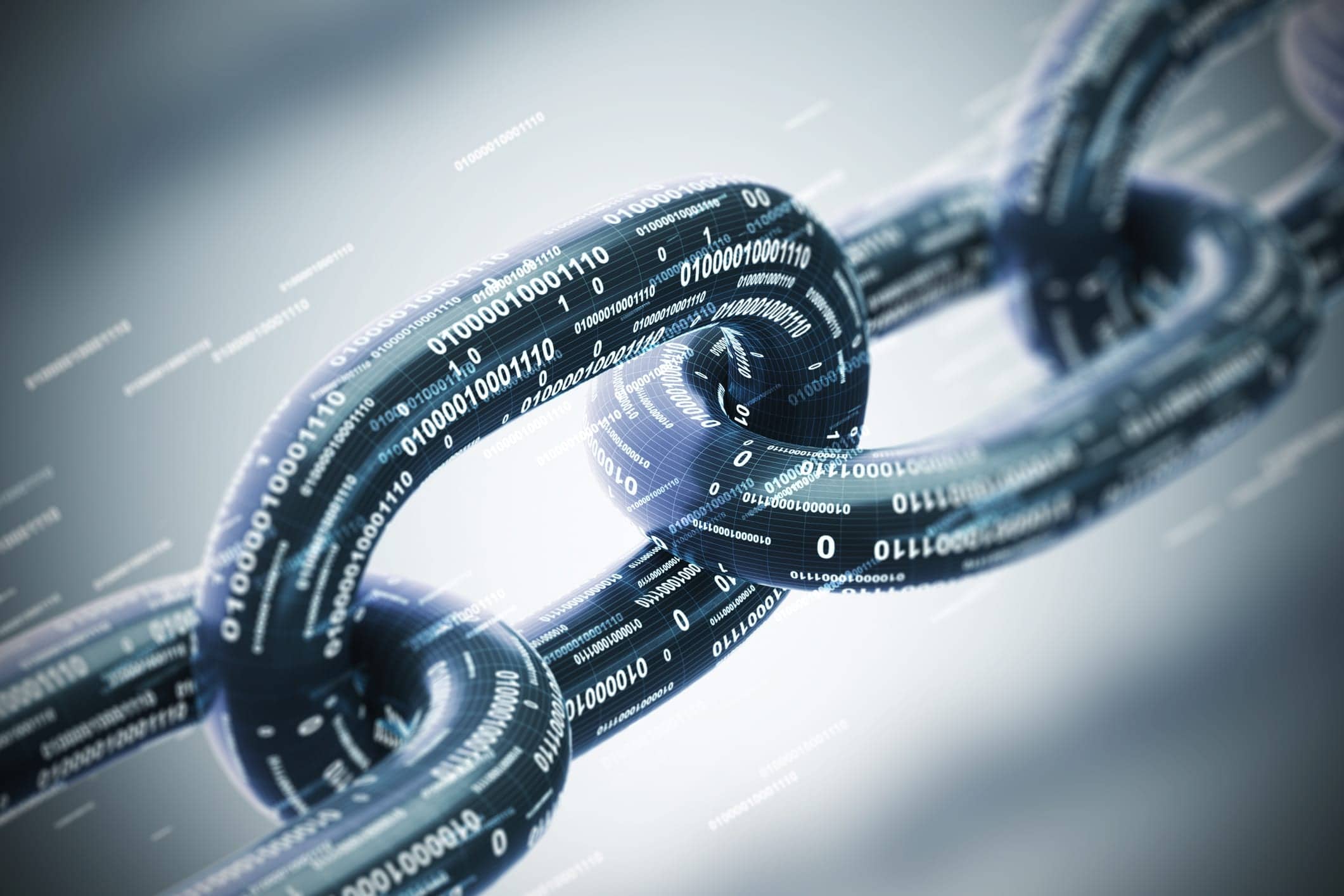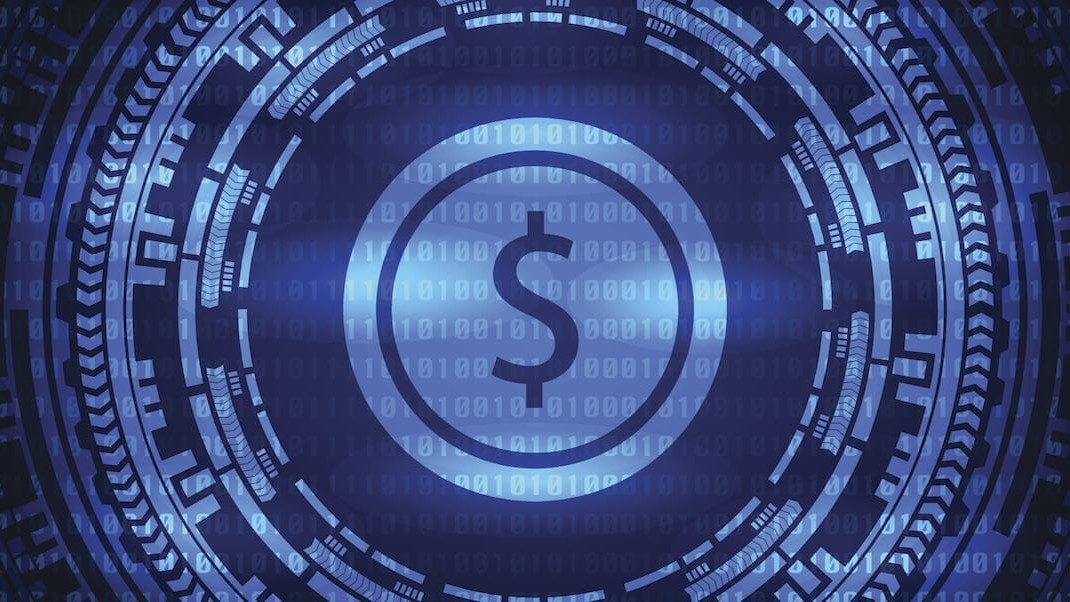The digital revolution has touched nearly every corner of the earth, disrupting practically every industry. And soon, it may reach the very edges of the digital world, where Internet access is difficult or impossible and people spend more time looking for clean water than posting selfies.
According to the World Bank, there are still somewhere around 750 million people in poverty across the globe, living on less than $2 a day. In the United States, we still see over 12 percent of the population living below federal poverty standards, accounting for over 40 million people.
While poverty has declined overall over the last few decades, emerging technology might hold the key to eliminating it all together. Blockchain technology, which powers cryptocurrencies like Bitcoin, may be able to upend some of the longstanding, traditional challenges faced when dealing with impoverished populations.
Here are some of the key ways blockchain technology can be used for more than just making people into overnight billionaires, and may be used to help eliminate worldwide poverty:
Immediate access to funds
One of the most challenging aspects of getting aid to impoverished people is navigating the murky waters of banking, especially when dealing with international regulations in underdeveloped countries.
Even within the United States, money given to charities in the name of ending poverty may get eaten up by administrative or fundraising costs, as well as banking or other financial fees.
Blockchain technology provides a peer-to-peer framework where funds can reach individuals in need immediately. No need for banks or financial institutions, no additional costs or fees. Particularly during acute times of need, this functionality may save lives.
And it’s already working: the U.N. tested a program with Syrian refugees, providing cryptocurrency-based vouchers that could be redeemed for food items at local markets. 10,000 people utilized the vouchers, and at a much faster rate than if the vouchers would have had to go through international banking systems.
Financial inclusion
Lack of access to financial assets is one of the key reasons people remain impoverished. About 2 billion people who could have a bank account don’t, most of those in developing areas. Banks require complex, and costly, infrastructures to work. Building out new infrastructures in developing regions is difficult, expensive and slow.
Blockchain tech removes the need for banks entirely, meaning no complex infrastructures, no hidden costs and no chance of local governments — in many areas filled with corruption — interfering.
All that’s needed is an Internet connection for people to have access to currency and manage their finances. There are, of course, other challenges with providing Internet access, but these are easier to solve and closer to resolution than building complex banking systems will ever be.
The blockchain treats a farmer in Africa the same way it treats a hedge-fund investor in New York City. Everyone is included, and that’s a powerful step towards ending poverty.
Reducing corruption
Corruption has a direct impact on poverty levels. Countries where the most people pay bribes also have the highest levels of illiteracy, the most people without access to toilets and the highest rates of women dying while giving birth, according to Transparency International.
The blockchain is transparent and secure. Since it creates a public record of transactions, anyone can see where the wealth lies at any given time. While personal information is protected, the public record is stored across a vast network of computers.
Manipulating blockchain records is virtually impossible. Corrupt officials or bankers can’t redirect funds because the system doesn’t allow it, and even if they found a way to do it, the record would show who did it, when and where.
Nikolai Kuznetsov writes for Forbes, “Automation and digitization minimize the avenues for corruption as most robust systems would have a record and a footprint of all transactions. Unfortunately, if held privately, these systems are still subject to manipulation.”
Globalized property rights
Legal ownership of property — or lack thereof — is thought by many to be another key cause of poverty levels for those whose property rights cannot be protected.
One economist, Hernando de Soto, believes blockchain technology can solve property rights issues for impoverished and underdeveloped areas, and in turn help to end poverty.
As de Soto writes for the Wall Street Journal, along with former senator Phil Gramm, “Consider what happens without a formal system of property rights: Values are reduced for privately owned assets; wages are devalued for workers using these assets; owners are denied the ability to use their assets as collateral to obtain credit or as a credential to claim public services; and society loses the benefits that accrue when assets are employed for their highest and best purpose.”
But the digital-ledger systems that blockchain technology provides could solve the issue of property ownership. By maintaining a decentralized ledger of property ownership, communities can begin to prove the value of their property assets, even when local officials are corrupt, or the infrastructure to maintain a database of this kind just doesn’t exist in impoverished areas.
De Soto even imagines a world where everyone has adopted this type of system for recognizing property rights. While an aspirational vision, it would potentially reduce war and crime, as well as poverty, as transparency is increased and disputes over property or value of property are immediately solved by the blockchain.
Suggested Reading:
Just another block in the chain
Blockchain technology removes many of the obstacles that have traditionally hampered efforts to address poverty, and it does so without any borders, which is perhaps the technology’s most powerful potential.
It doesn’t matter where, what class, race, or gender you are when you use the blockchain. It’s about creating transactions that, while conducted over the Internet, are actually human to human. No complicated forms or regulations or officials to deal with, just a direct transaction between two people who have agreed on a price.
As blockchain technology develops and begins to be explored for more than just cryptocurrency, it has the potential to remove the systems that have excluded impoverished people in the past, creating a truly human-powered system.
In this case, becoming a block in the chain is definitely a good thing.


